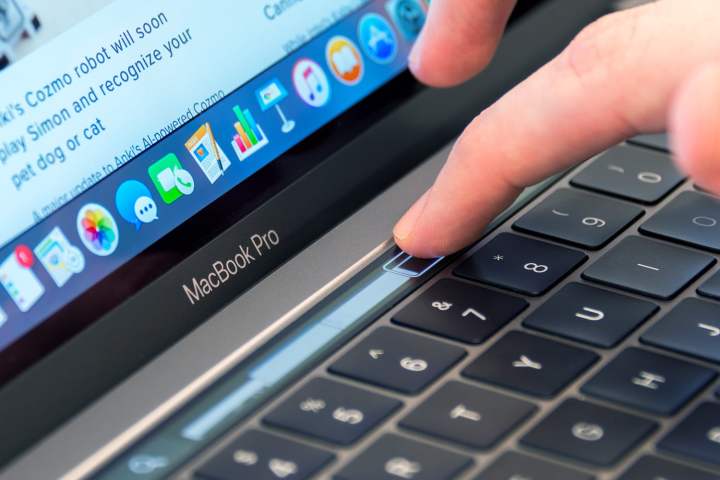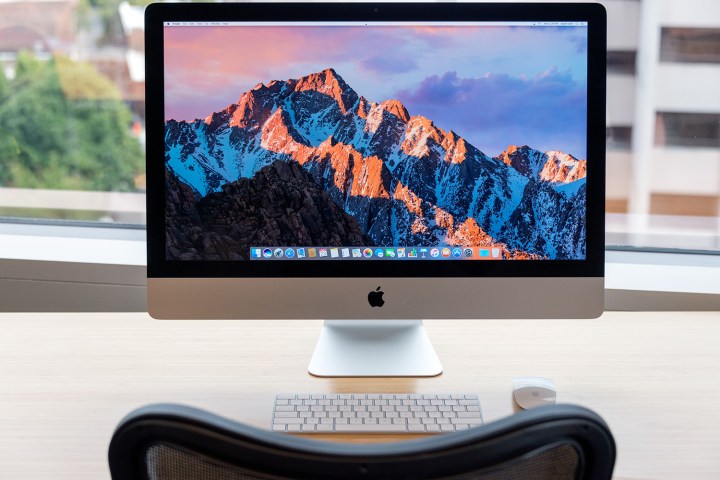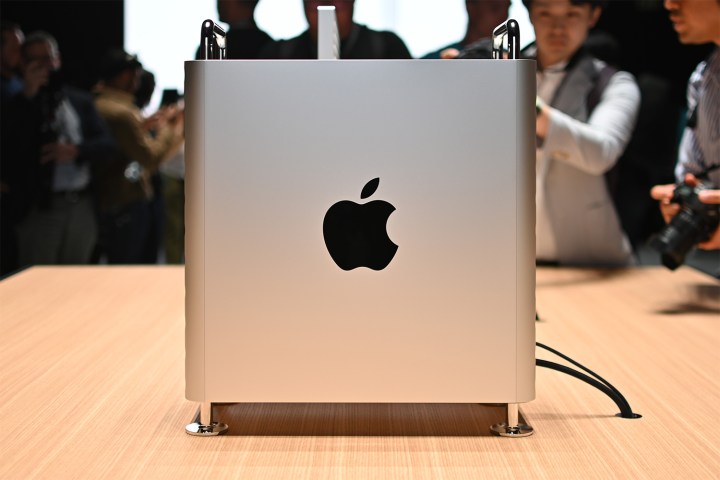MacOS Catalina arrives later this year, and even if you don’t usually pay much attention to Mac updates, you’ll want to watch for this one. Catalina adds lots of functionality and many important changes to Macs, including the all-new Music, TV and Podcast apps. There also big changes to photo management, note-taking, accessibility features, screen time management, security, and a whole lot more. If you want to check it out now, you can even check it out the beta using the developer version before it goes public this summer.
But when a new update to MacOS comes out, there are usually a few older Mac devices that will no longer support the operating system. So, here’s the dreaded question: Will your older Mac be left by the wayside, or is it still compatible with Catalina? Let’s go over all the Mac devices and take a look at what works.
MacBook

Compared to many other Macs, you’ll need a more recent model of the MacBook to run Catalina. Any MacBook from 2015 or later will be able to run the new OS. This is mostly due to the dearth of MacBook models between 2010 and 2015. For reference, 2015 was when the ultra-portable 12-inch model was redesigned and first made available in gold, silver, and Space Grey.
MacBook Air

If you have a MacBook Air from 2012 or later, then you are good to go. There were two MacBooks released in 2012, a 13 and 11-inch model. Don’t get these confused with the two 13 and 11-inch models released in 2011. Check your Model Identifier if necessary, by opening the “System Information” application. The identifiers for 2012 Air models are “MacBooksAir5 (2)” and MacBookAir5 (1)” respectively.
MacBook Pro

MacBook Pro models from 2012 and later will be compatible with Catalina. There were four total MacBook Pros released in 2012, including a late-year Retina model. These were all 13 and 15-inch models — the last 17-inch models were offered in 2011, and won’t be compatible here.
Mac mini

The Mac mini will work from the 2012 model and later. Just so you know, that limits Catalina to three Mac mini models, the 2012 version, the 2014 model, and the 2018 model. Since all Mac minis look pretty similar, you may want to double check to see if you have a 2012 and 2011 version if necessary. The 2012 Model Identifier is “Macmini6.”
iMac

iMac models from 2012 and later can run Catalina. As with most iMac released, Apple released a 27-inch and 21.5-inch model in 2012. They were both under the Model Identifier “iMac14.” Everything after that is good to go.
iMac Pro

A more recent addition to the Apple family, iMac Pro models only started showing up in 2017. That means all iMac Pros are compatible with Catalina, no problem.
Mac Pro

Mac Pro models from 2013 and after will work with Catalina. That means that Catalina is only available on the black “trash can” model from 2013, and the new super-powerful Mac Pro slated for release later in 2019. This is one of the biggest compatibility changes, since previous versions of MacOS supported 2012 Mac Pros, but that support is ending with the Catalina upgrade.
iPad compatibility

The iPad benefits from all the universal apps produced by Project Catalyst, but it has an additional benefit: The Sidecar app. Sidecar will allow you to use your iPad as a second display for your Mac thanks to new functionality that Catalina is bringing. It can work wirelessly and supports Apple Pencil use. This is going to be an attractive option for artists, sketchers, scrawlers, and others who prefer using the iPad but having their work show up on their MacBook.
Final reminder
There’s always a chance that older third-party apps on your Mac won’t work with Catalina, especially if developers aren’t ready to update them.
This is particularly important to note for Catalina, because 32-bit software support is officially coming to an end on Macs. If you have older apps that you didn’t download from the Mac Store, there’s a chance they will be incompatible with the new MacOS. This may also apply to accessories that you use. If a mouse, keyboard or printer suddenly stops working with Catalina, it may no longer be able to keep up with OS updates.



